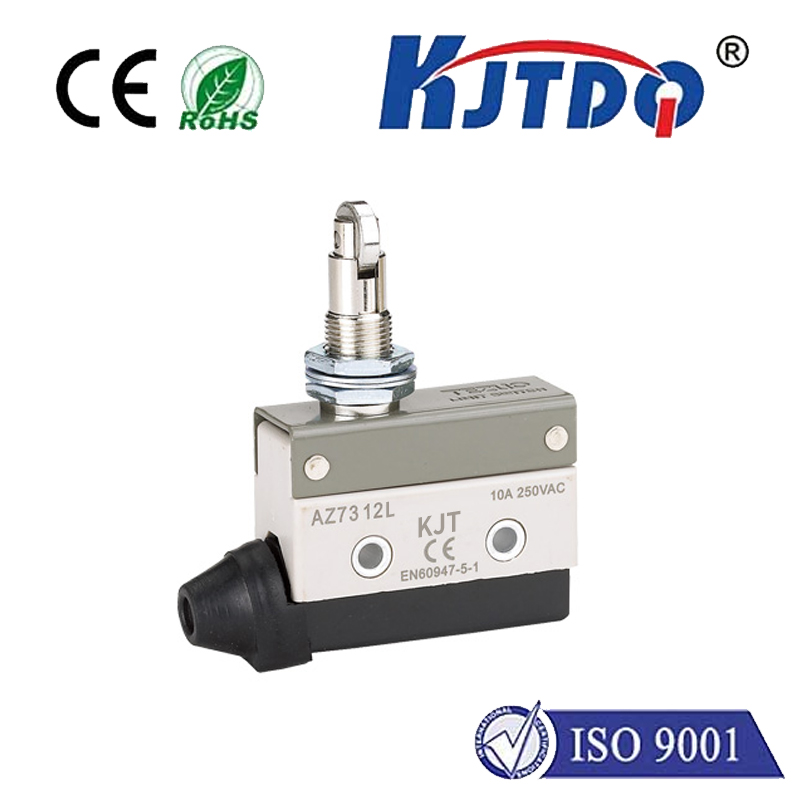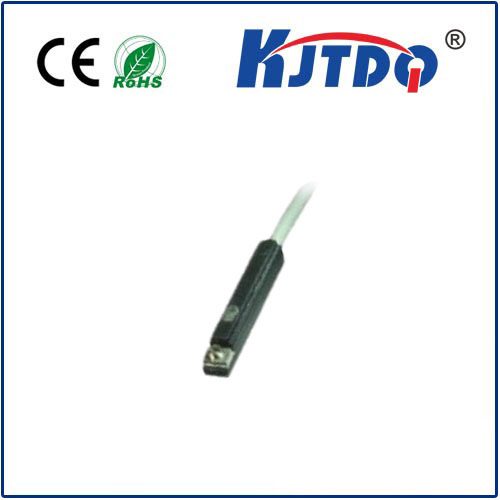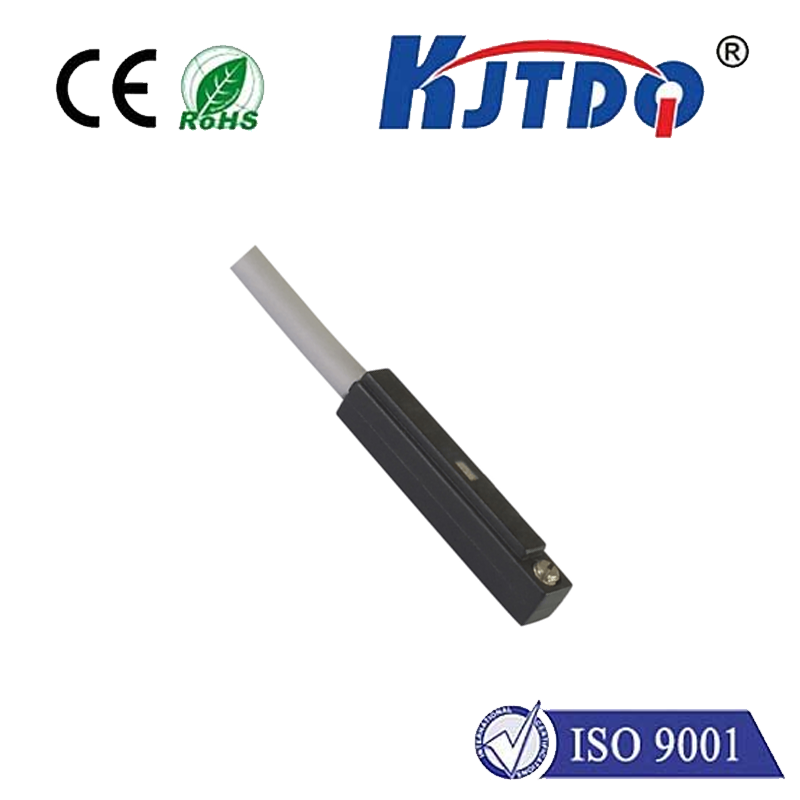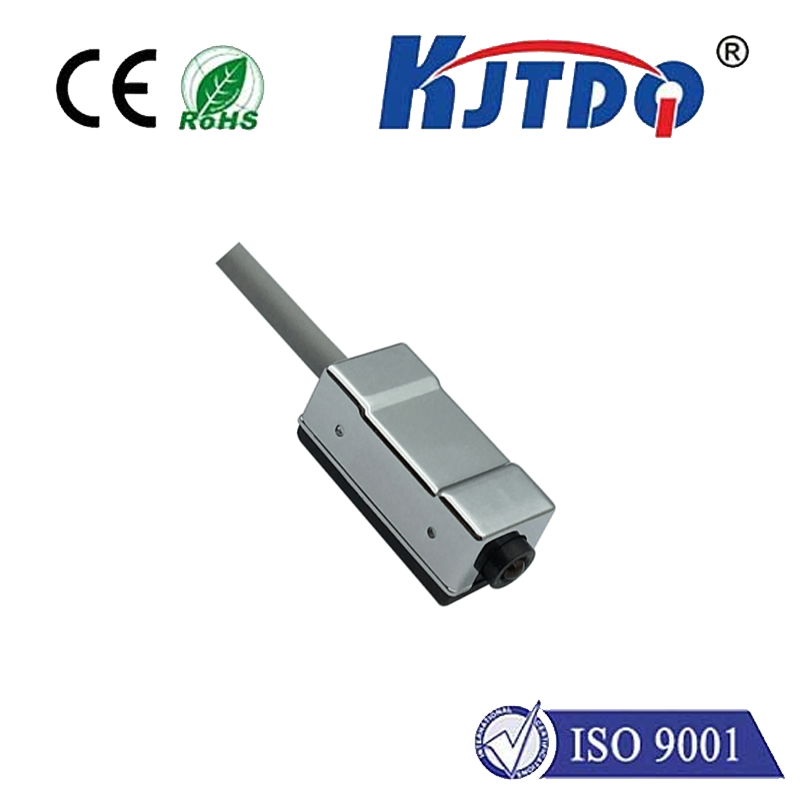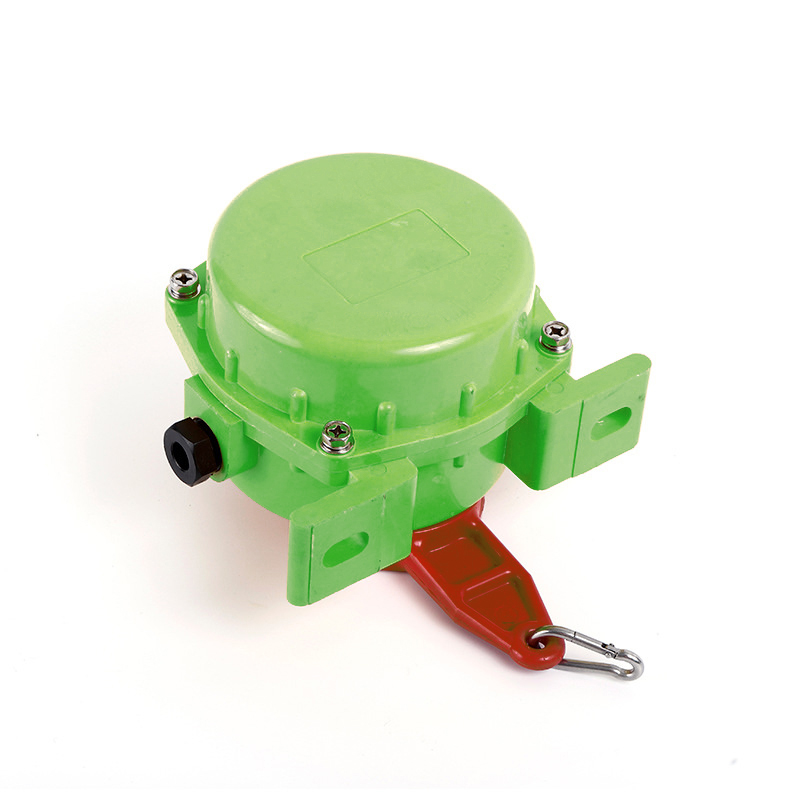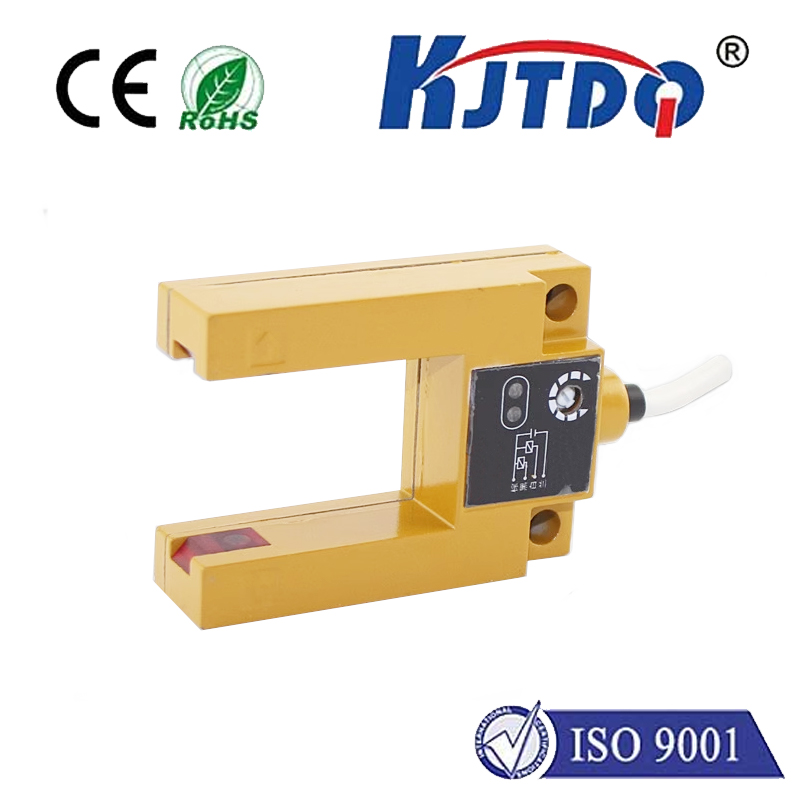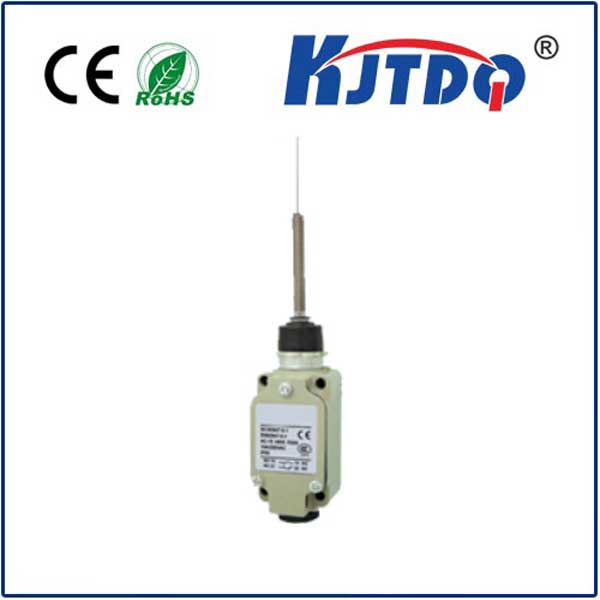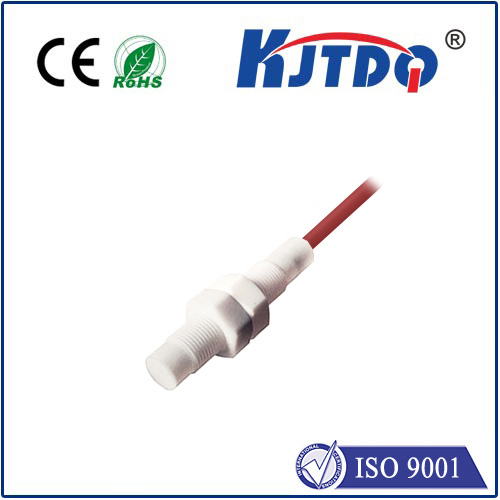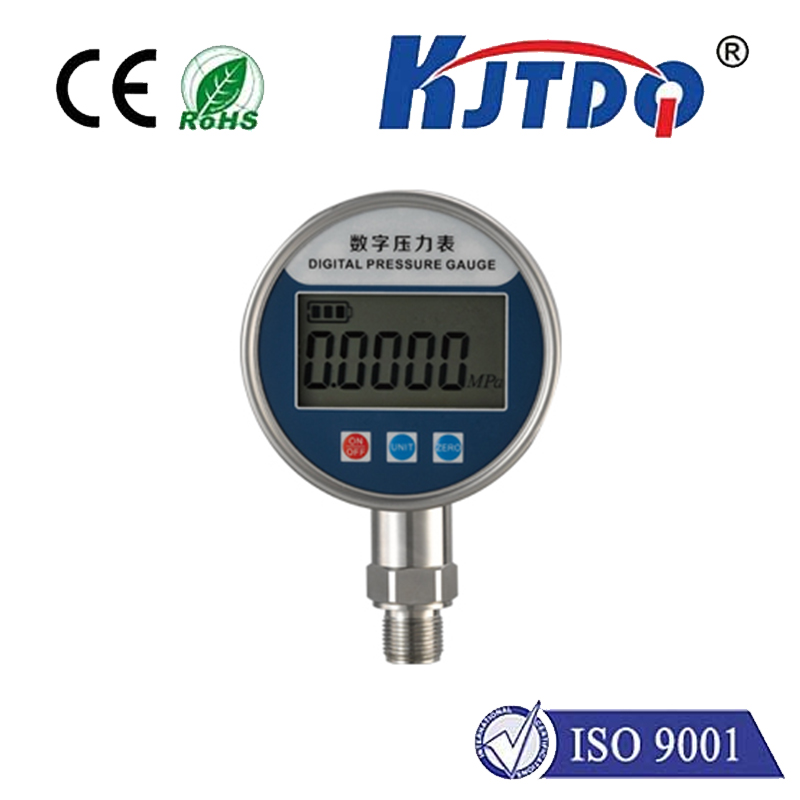

check

check

check

check

check

check

check

check

check

check
In today's increasingly interconnected world, ensuring the safety and security of people and property has become a top priority. One of the essential tools used to achieve this is the High-Voltage (HV) proximity detector. These devices play a crucial role in protecting individuals and businesses from potential hazards caused by electricity. This article will explore the significance of HV proximity detectors in various industries and the importance of their proper installation, maintenance, and usage.
Firstly, let us consider the industrial sector, where HV proximity detectors are used extensively. In factories and manufacturing facilities, these devices monitor the electrical system's health, detecting any abnormalities that could lead to accidents or equipment failure. By doing so, they help prevent costly repairs and downtime, ensuring continuous operation of production lines. Moreover, proximity detectors installed in high-risk areas such as welding stations, power tools, and electrical outlets provide additional safety measures for workers, reducing the risk of injury or death.
Next, we turn our attention to the transportation industry, where HV proximity detectors play a critical role in preventing fires. Electric vehicles (EVs), trains, and other forms of transportation rely heavily on electrical systems, making them susceptible to fire hazards. Proximity detectors installed in these vehicles' electrical systems detect any changes in voltage or current, alerting operators to potential issues before they can cause a fire. Additionally, proximity detectors installed in charging stations and other electrical infrastructure help maintain the safety of passengers and employees.
In the healthcare sector, HV proximity detectors serve as an integral part of medical devices and equipment. These devices ensure that patients are protected from electrical hazards associated with medical procedures and treatments. For example, during MRI scans, proximity detectors detect if there is an electrical discharge present in the patient's body, which could be harmful. By doing so, they help prevent injuries to both patients and medical personnel.
Finally, let us examine the residential sector, where HV proximity detectors are used to safeguard homes and buildings against electrical hazards. These devices are particularly useful in detecting power surges and lightning strikes that could damage appliances, electronics, and even structures. By providing early warning signs of potential hazards, proximity detectors help prevent property damage and personal injury.
In conclusion, HV proximity detectors play a vital role in ensuring safety and security in various industries. Their proper installation, maintenance, and usage are essential to maintaining their effectiveness. As technology continues to advance, it is imperative that we remain vigilant in identifying new applications for these devices to further enhance protection against electrical hazards.
